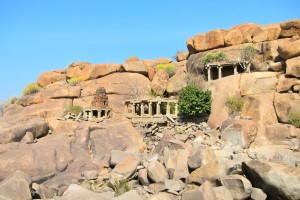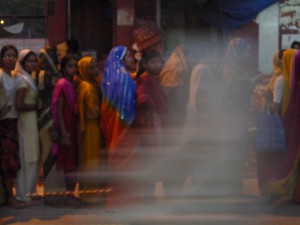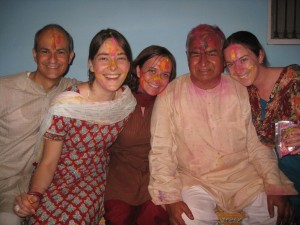Fun Fact #11
Today’s fun fact: Dhobis and press-wallahs (that is, people you hire to wash and iron your clothes for you) don’t work on the 11th of the month every month.
I have spent three years of my life in India and still never knew or noticed that. It’s one of the fabulous, fascinating, and frustrating things about life here: there is so much to know I barely know what I don’t know.











